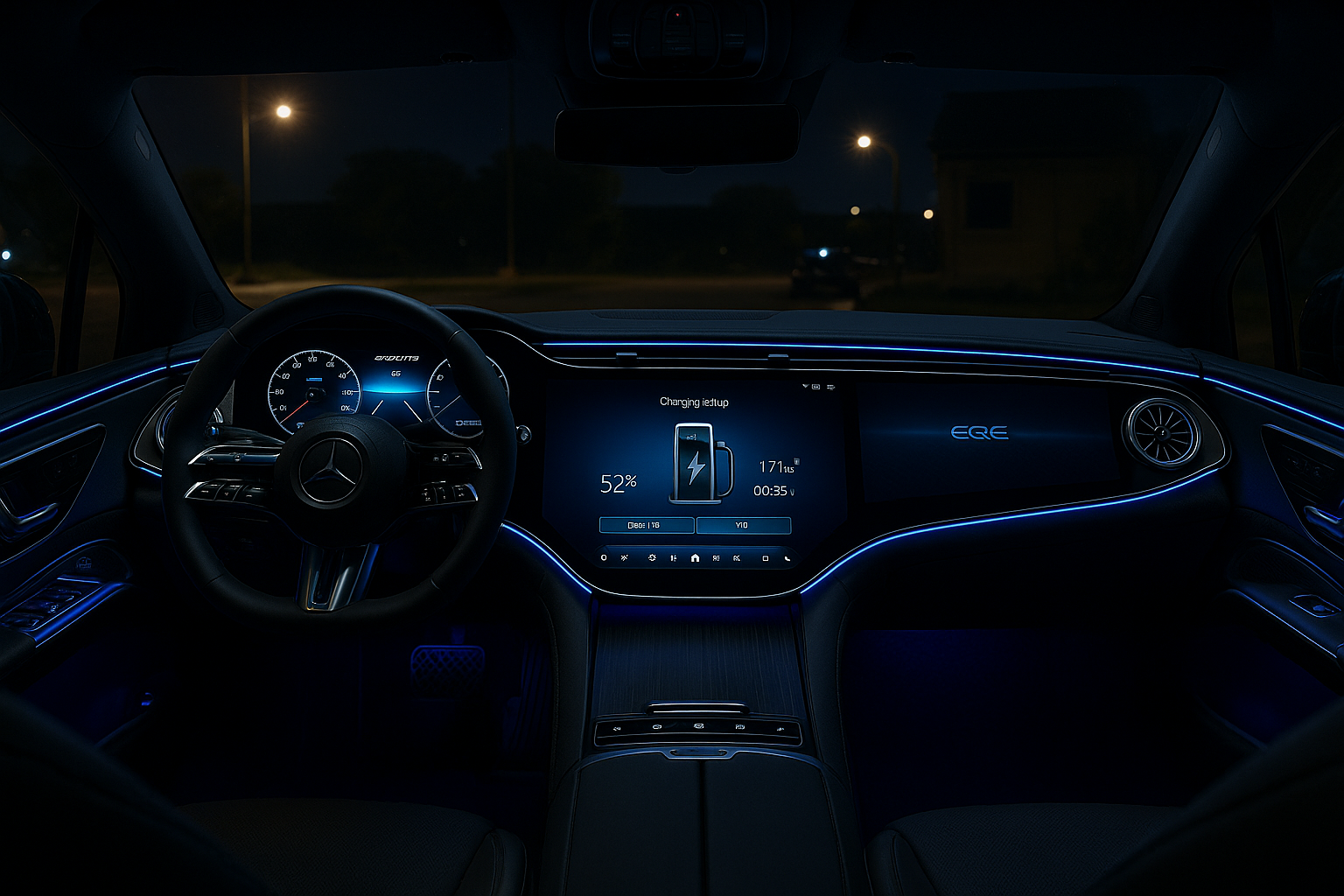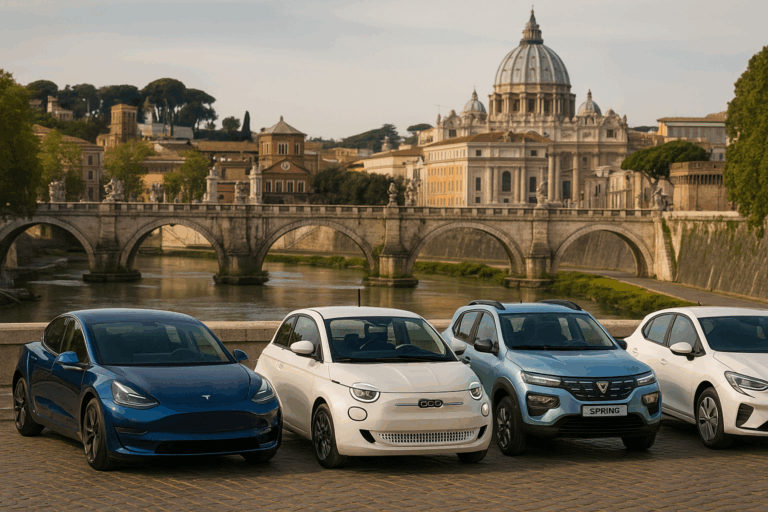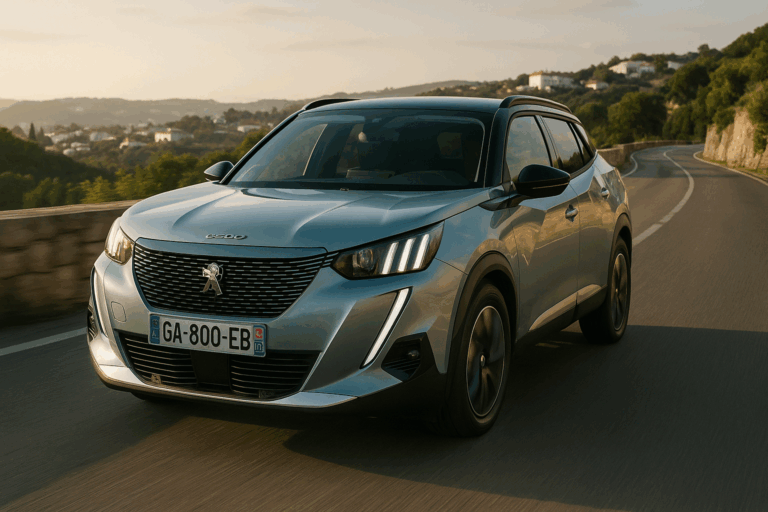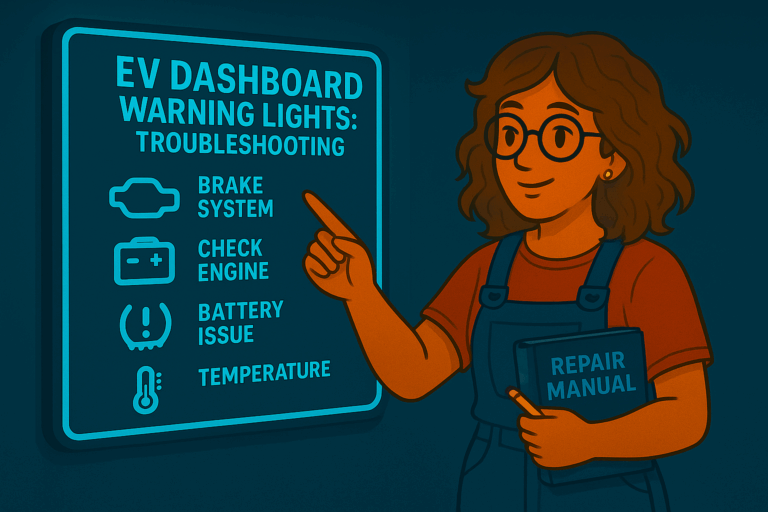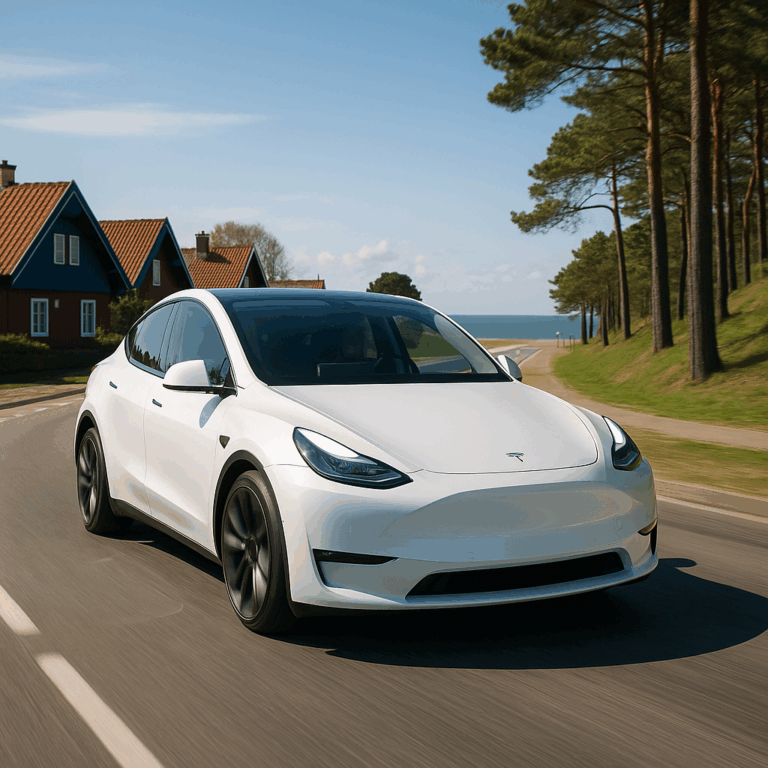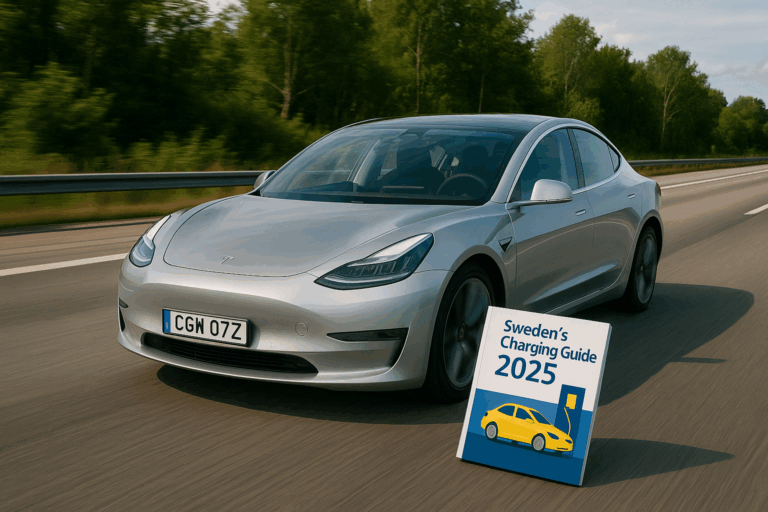EV’s Charging Checklist: Powering Hearts and Electric Cars
Owning an EV isn’t just about driving—it’s about energizing your life. Whether you’re commuting to work, escaping for a long weekend, or facing a winter storm, one question underlies every journey: does your vehicle have sufficient charge? For every EV driver—novice or veteran—knowing how, when, and where to charge is the ultimate freedom.
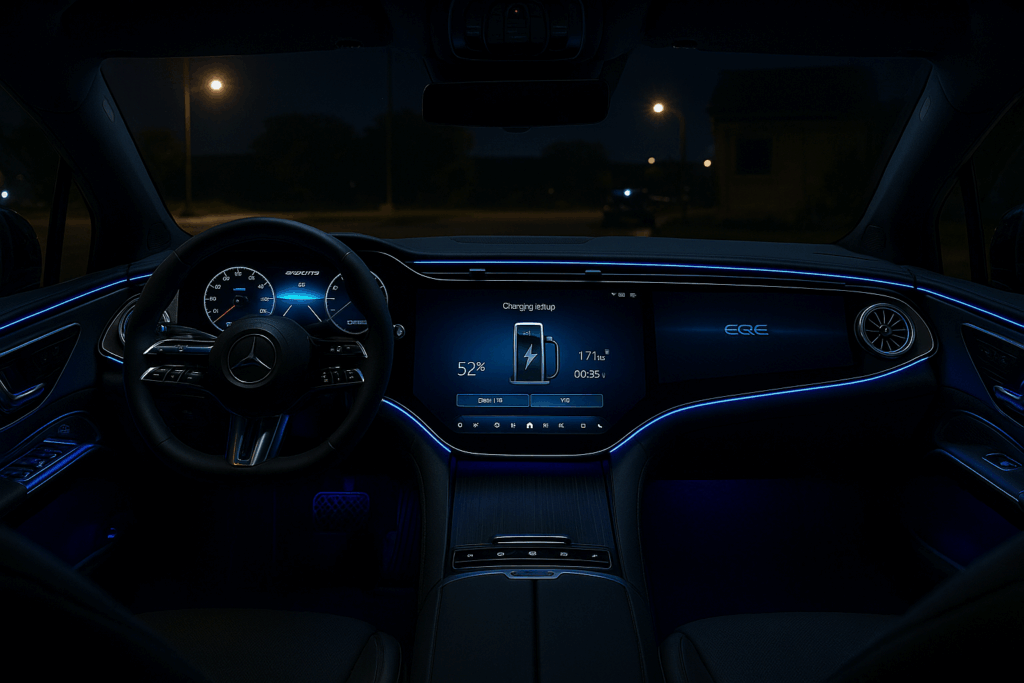
Below, you’ll find a cross‑climate, cross‑continent guide that weaves local realities (Canada’s freezes, European plug standards, desert heat) with human stories and heat‑pump truth. By the end, you’ll have a robust checklist that turns charging into confidence—not anxiety.
⚙️ 1. Know Your Charger Types & Home Prep
⚡ Level 1 (120 V) vs Level 2 (240 V) vs DC Fast (Level 3)
- Level 1: Standard household plug; ~3–5 mi/hr charge—fine for light top‑ups, but insufficient for daily driving.
- Level 2: Requires 240 V outlet; ~20 mi/hr—ideal for overnight home charging; invest ~$1,500–1,800 including install.
- DC Fast Charge: 50–350 kW; can hit 80% in 20–30 min, depending on your vehicle.
✅ Home Setup Checklist:
- Assess your panel’s capacity if installing Level 2.
- Plan charger location near your EV port.
- Pull relevant permits.
- Choose certified brands (ChargePoint, Tesla, Grizzl‑E, JuiceBox).
- Use a smart charger to schedule off‑peak charging.
🔋 2. Understand Battery Specs, Range & Seasonal Performance
📊 Know Your Numbers:
- Battery capacity (kWh usable)
- EPA/WLTP range
- Charging curve (peak DC rate)
- Battery chemistry—does it include a heat pump?
🧊 Winter Range Realities:
- Expect a 20–35% range drop below 0 °C.
- Fast‑charging times may double in deep cold.
- Precondition battery & cabin while plugged in.
- Use heated seats over cabin heat where possible.
🔥 Summer Heat Factors:
- Charger efficiency slightly drops above ~80 °F.
- Cabin A/C uses less juice than winter — a proactive A/C while plugged-in is smart.
🌐 3. Charging Etiquette & Apps: Powering Smooth Journeys
- Download & prep apps: PlugShare, ChargePoint, Electrify America, network-specific tools.
- Keep PoC ready: Card, RFID, Bluetooth… have accounts created and payment set up in advance.
- Plan ahead for road trips: Map chargers 50 miles beyond your range for backup.
- Follow charger etiquette: Move your vehicle once charged, report faults, keep spaces clean.
🏡 4. Charging at Home: Routine & Safety
- Nightly plug-in habit: Even if not needed—precondition, conditioning, readiness.
- Charge levels: Default 80% is healthy; charge to 100% for planned trips or cold snaps.
- Temperature tip: Plug in before preheating/cooling starts to reduce energy loss.
- Safety check: Weekly inspect for wear, damage, corrosion; coil cables neatly.
- Firmware updates: For smart chargers—update app and device to optimize performance.
🏞 5. Public & Road Charging: Plan and Prepare
- Anticipate slower charge in cold, adjust schedule.
- Start climate control while plugged: warms battery and cabin efficiently.
- Use DC when needed; prefer Level 2 for longer stops or cheap grid hours.
- Bring essentials: A universal adapter (CCS/NACS), tire-pressure gauge, travel mug.
- Monitor charger status: Use apps to detect fault or slow-down overdue to extreme temperatures .
- Maintain speed and load: highway and cold will drain more—adjust travel plan.
🌲 6. Seasonal & Extreme Weather Maintenance
- Cold weather care:
- Use preconditioning.
- Limit range buffer to 20–80% in deep freeze.
- Turn off regen if slippery.
- Check tire pressures (hot or cold affects efficiency).
- Hot weather care:
- Keep cables shaded, inspect for overheating.
- Use GFCI on Level 1, avoid extended continuous use under direct sun.
- Check for corrosion, dust on connectors.
- Spring & Fall:
- Inspect sealing, weatherproofing on outdoor cables & units.
- Clean filters/coolant if applicable on public DC chargers.
📊 7. Charging Infrastructure Basics & Safety Standards
- Understand global connectors:
- SAE J1772 = North America Level 1/2.
- CCS Combo for DC; NACS adoption growing.
- IEC 62196 in Europe.
- Future: ISO 15118 for Plug & Charge and V2G.
- Safety rules:
- Always use certified hardware, GFCI protected circuits.
- Inspect connectors for damage/corrosion weekly.
- Label chargers with instruction decals or QR codes.
💡 8. Road‑Trip Checklist
- Pre-trip prep: Charge to 100%, set climate control while plugged, preheat battery and cabin.
- Route planning: Map chargers + backup points (every 50 mi).
- Pack selectively: Lighter load saves power, watch wind drag.
- Charge stops: Use fast chargers efficiently—avoid peak demand.
- Mid-trip habits: Use rest breaks to plug-in; avoid going below 20% battery.
- Monitor performance: Watch charge speed and ambient temp, adapt strategy.
💬 Real-World Wisdom from Owners
“Cold mornings: preheated while plugged and warmed seat take off the chill without draining range.” — Reddit EV users
“I always plug in every night—battery stays healthier, and I never fear morning traffic.” — Chevy Bolt forum
“On a road trip, I carry CCS + Tesla adapters—no more stressing over network gaps.” — EV magazine road‑trip guide
⚖️ 9. Balancing Battery Life & Performance
- Avoid extremes: Charging to 80% daily improves lifespan; 100% reserved for trips.
- Minimize fast charging: Frequent DCFC can degrade battery up to 10% faster—use Level 2 when plausible.
- Warm battery is happy battery: Preconditioning reduces stress.
🧾 10. Emergency and Long‑Term Setup
- Backup power: Solar + home battery + smart charger = resilience if grid fails.
- Insurance bottom-up: Home warranty should cover charger; store receipts.
- OTA: Keep charger & car firmware updated for future upgrades (e.g. V2H).
- Community: Sign up on PlugShare for charger updates, plug-in sharing, and alerts.
- Resilience kit: Adapters, cables, travel mug, basic air pump, blanket—vital when stranded.
💬 Final Thoughts: The Freedom Checklist
Charging an EV is more than plugging in—it’s unlocking peace of mind. Whether you live on a snowbelt street, a hot desert lane, a city condo, or off-grid homestead, these ten steps empower anyone to own, drive, and thrive in an electric car. And with knowledge, apps, and confidence in hand, the world’s highways become truly home.
No checklist can replace intuition, but this one turns questions into choices—and range anxiety into readiness. Welcome to EV life.

